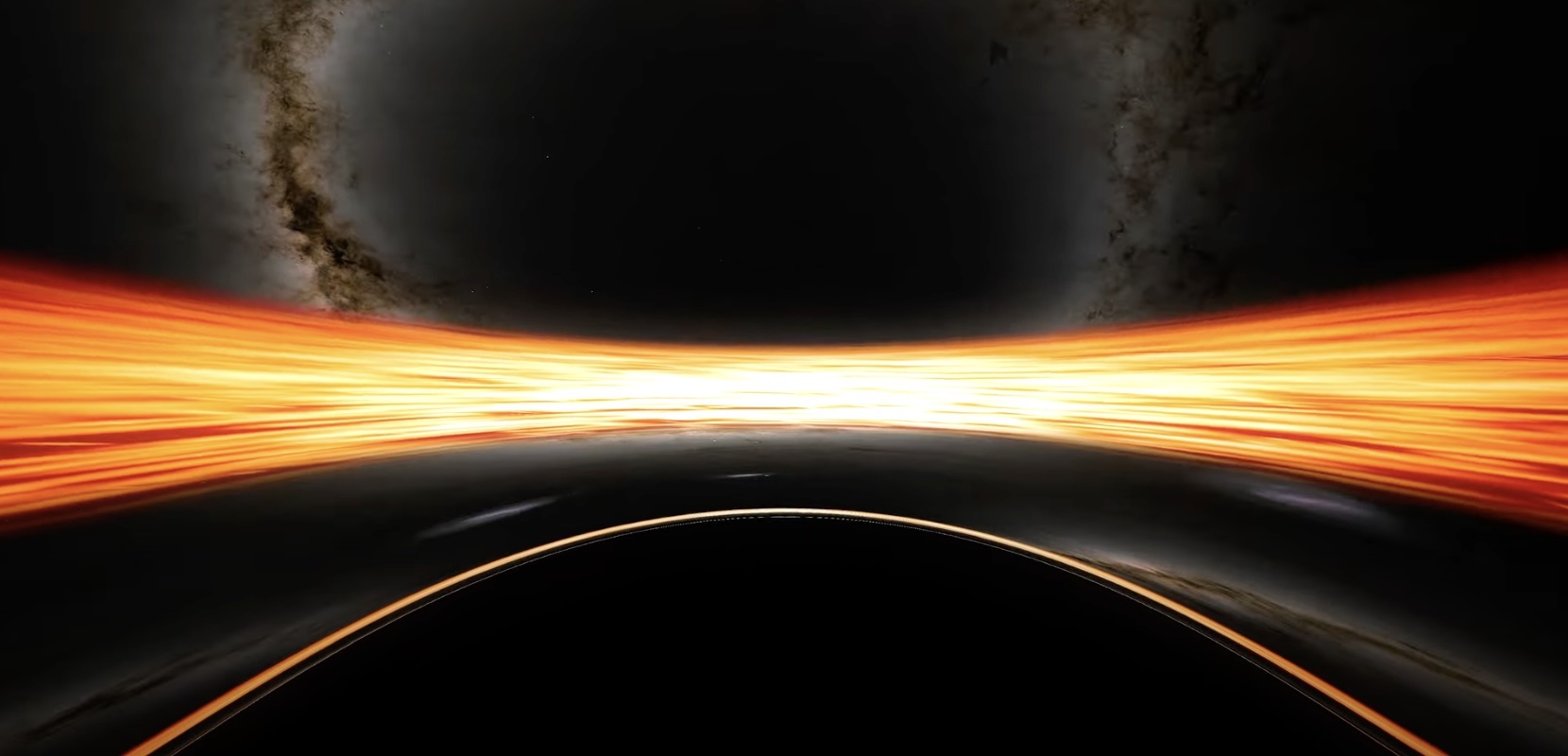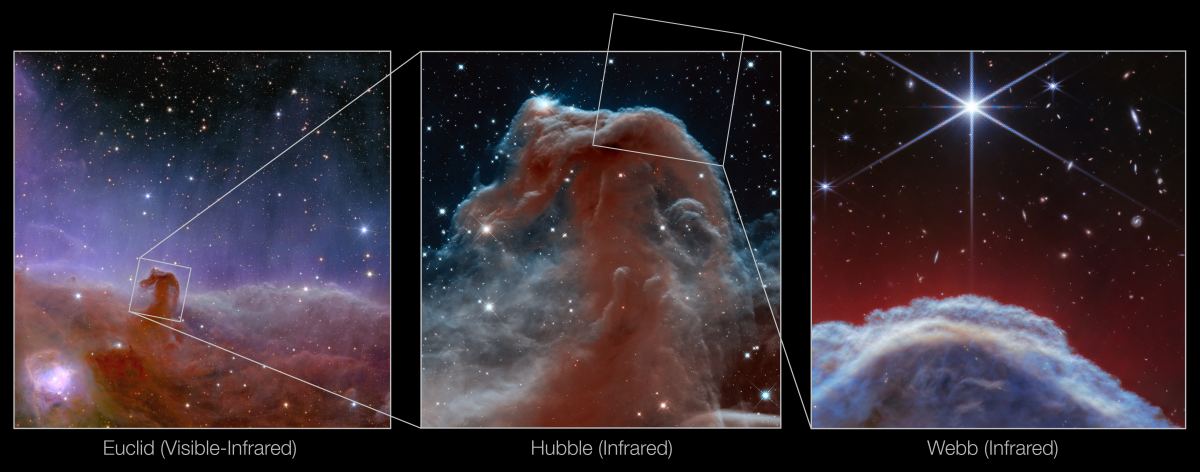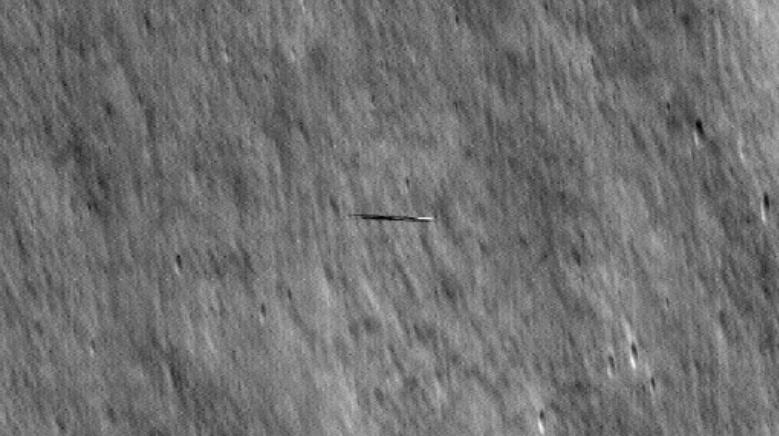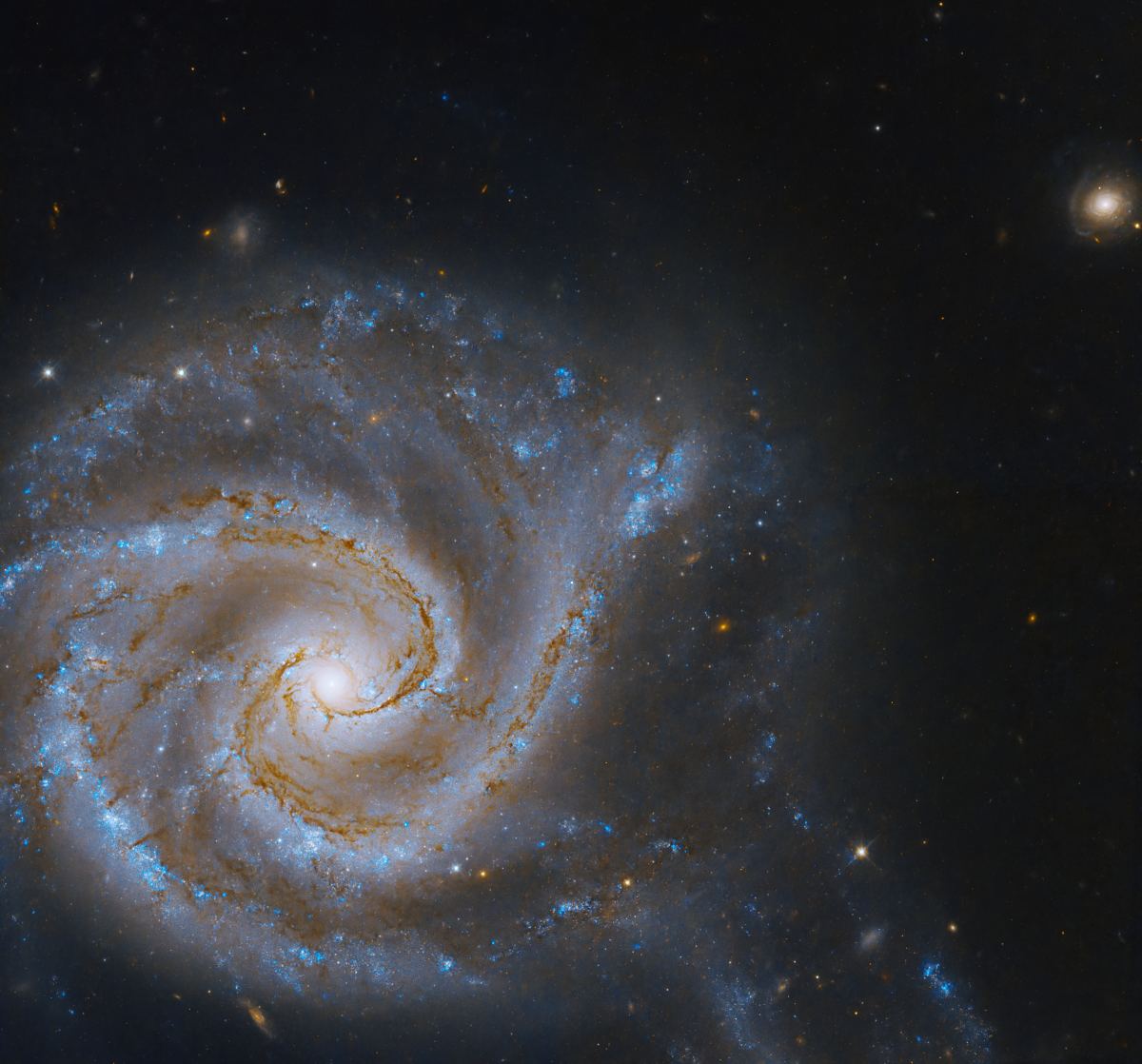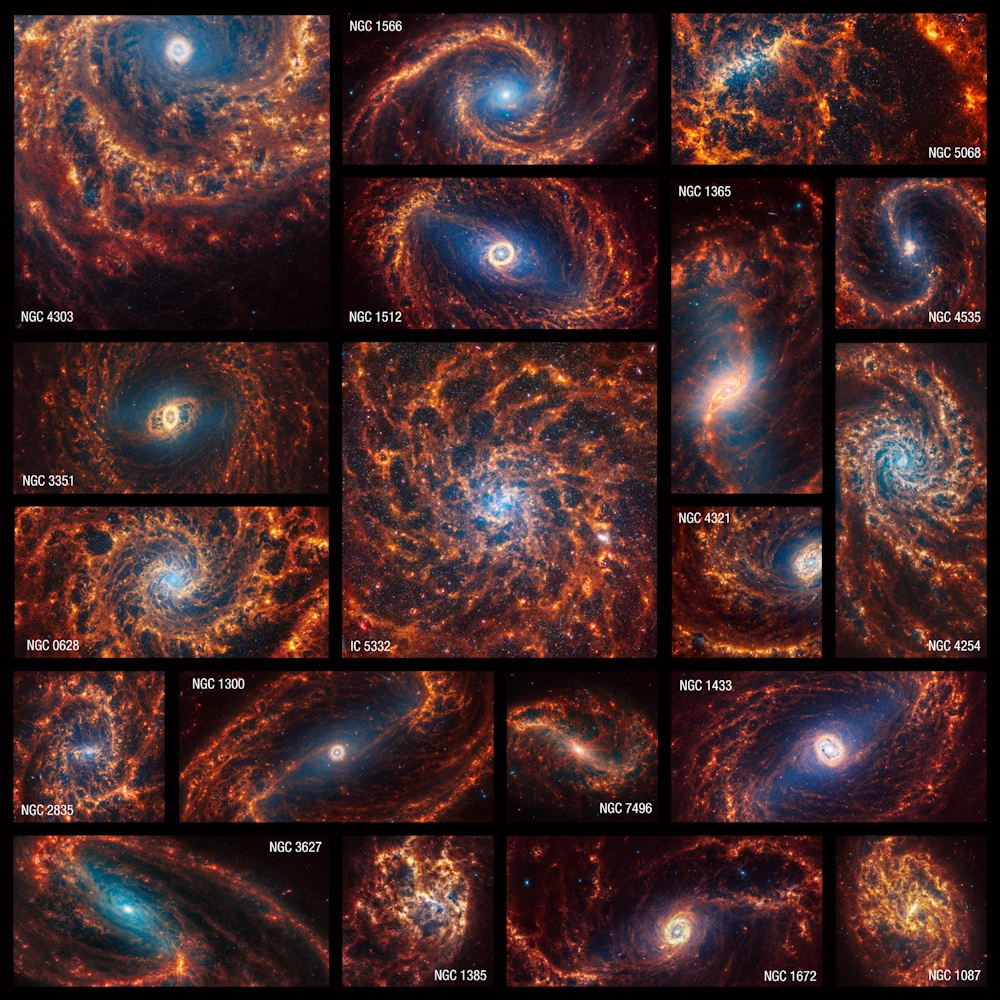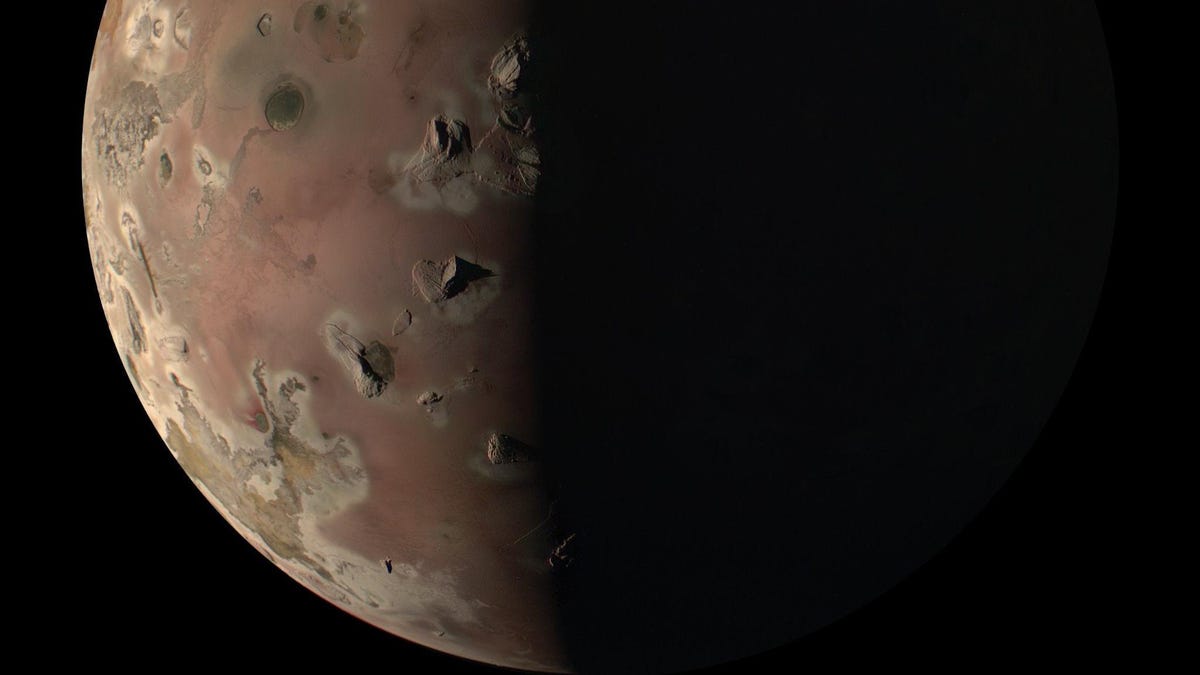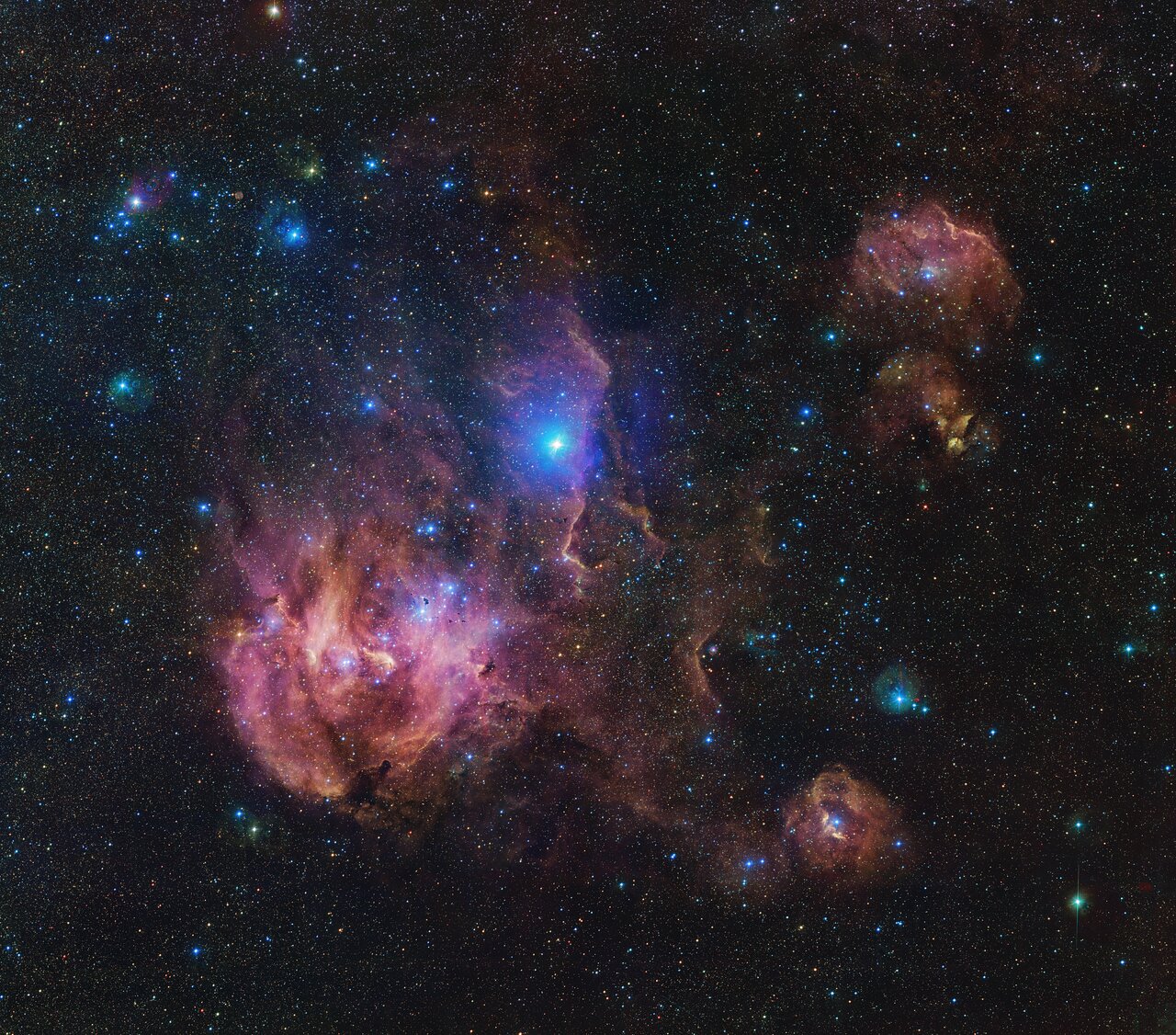No human being will ever encounter a black hole. But we can’t stop wondering what it would be like to fall into one of these massive, beguiling, physics-defying singularities.
NASA created a simulation to help us imagine what it would be like.
Continue reading “Fall Into a Black Hole With this New NASA Simulation”
